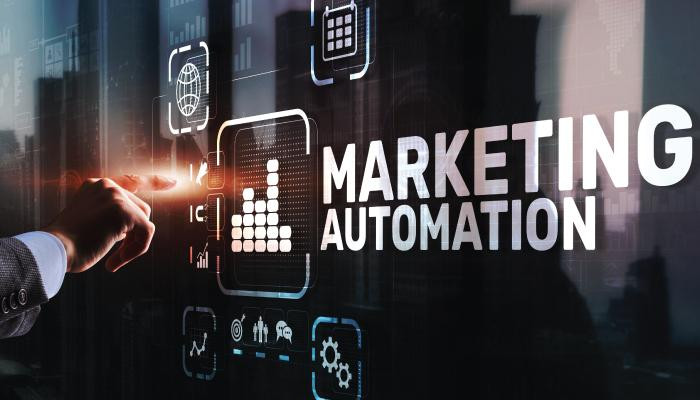Marketing automation demands high upfront costs and time, but it pays off when done effectively. By applying automation, marketers can boost sales productivity, customer experience, and lead management. Marketers can apply these automations to reduce time on manual and routine tasks, like sending emails and scheduling social media ads.
To implement marketing automation, brands must-
· Determine trigger events- customer signing up for an account.
· Build marketing workflows and corresponding content for each trigger event
· Set the workflow and content up using the data platform and marketing automation software.
Clean data has accurate and reliable information. This enables better decision-making and enhances overall business performance. Cluttered data can lead to misinformed decisions, wasted resources, and a negative impact on customer relationships. But data cleaning is a hassle. So, it is better to automate these processes. Automating confirmation of inquiries and messages will send a confirmation receipt after a customer reaches out with a query.
This way, customers get an acknowledgment and can set expectations for when they might receive a response. This practice presents a powerful opportunity to build trust, as the time between a message and a response leaves room for uncertainties. Using automation during that time, brands can reassure the sender that their message is being attended to.

